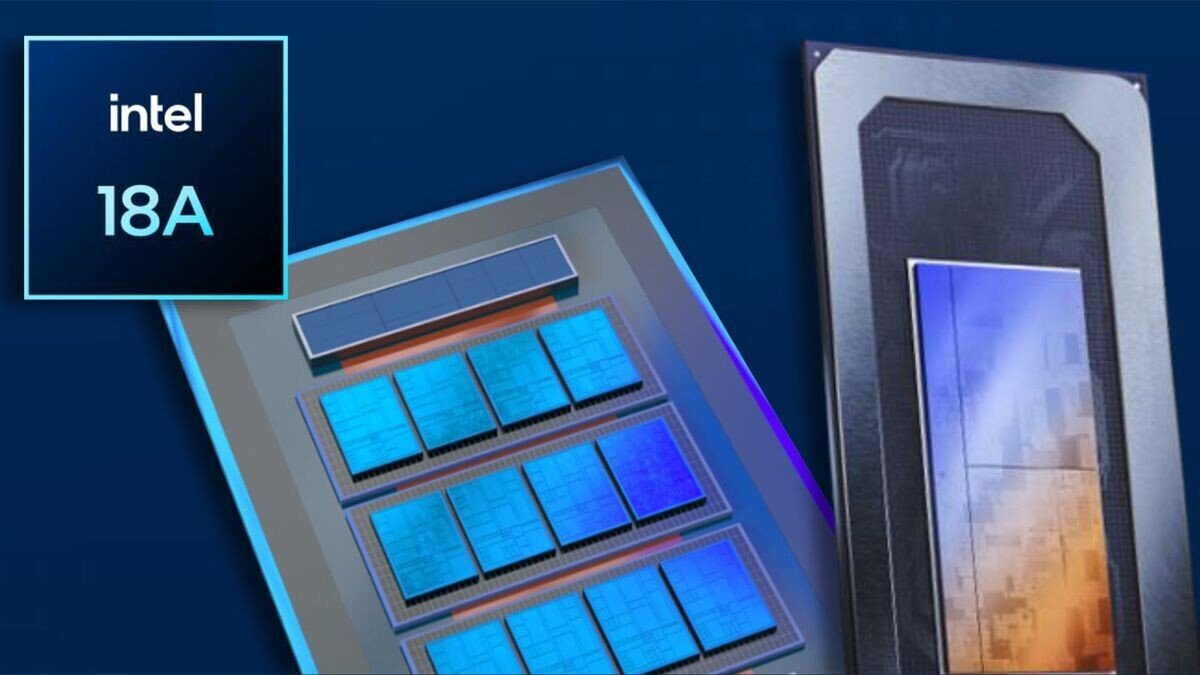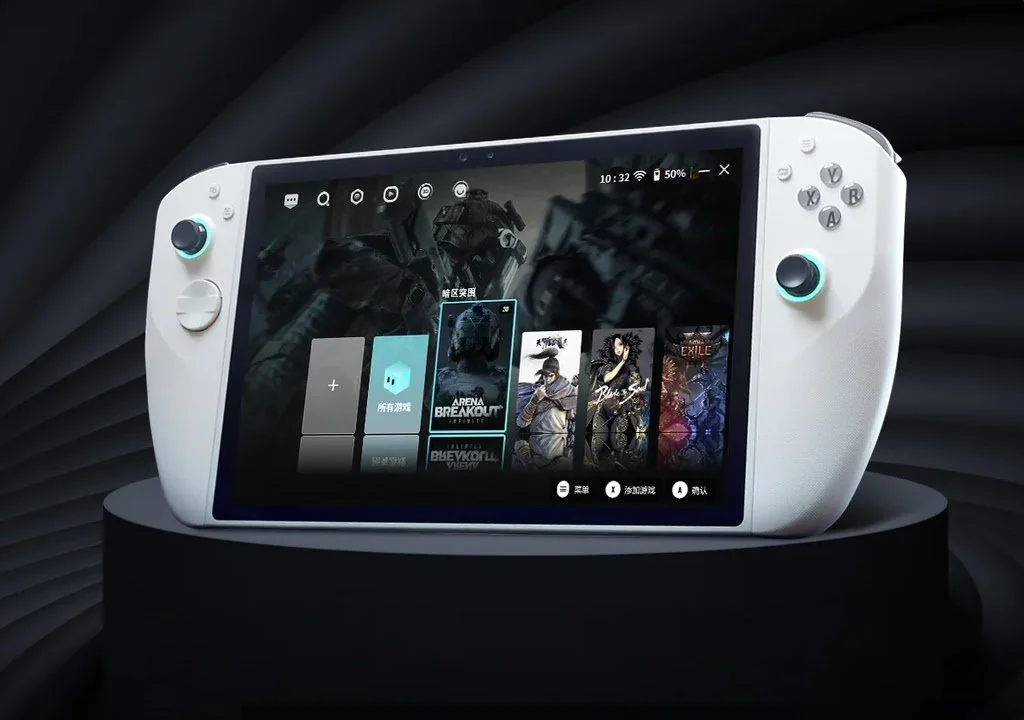In a move that defies speculation about its withdrawal from the handheld gaming PC segment, Intel is reinforcing its position in the market with a significant expansion of its gaming-focused initiatives. Robert Hallock, Intel’s Vice President and General Manager of Client AI and Technical Marketing, has revealed fresh insights into the company’s strategy. Speaking in an exclusive report with Laptop Mag, Hallock disclosed that Intel is actively growing its team to support independent software vendors (ISVs) aiming to develop handheld gaming devices.
Intel’s Commitment to Handheld Gaming PCs
Contrary to industry rumors suggesting that Intel’s involvement in handheld gaming PCs might conclude with the Core Ultra “Lunar Lake” generation of processors, Hallock stated that the company is ramping up support for game developers working in this space. This initiative comes in response to the underwhelming market performance of first-generation handhelds powered by Intel’s “Meteor Lake” processors, which struggled to compete against AMD’s Ryzen Z1 chipset-based counterparts.
“Intel is beefing up its staff to support gaming ISVs who want to do handhelds,” Hallock stated, underscoring the company’s commitment to the segment. This move is expected to help broaden the adoption of Intel-powered gaming handhelds by making development tools and pre-release hardware more accessible to game studios.

Game Developers Gaining Access to Prototype Devices
One of the critical barriers to optimization for handheld gaming PCs has been the limited access that developers have to appropriate hardware. Hallock explained that many game studios traditionally develop and optimize games based on the equipment available on their desks, which often excludes portable gaming devices.
To address this challenge, Intel is now providing game developers with prototype handhelds to enable early optimization for upcoming processors like Panther Lake. “A lot of game devs tend to just target what they have on their desks or in their QA labs… so we’re arming them with more handhelds as prototype devices,” Hallock revealed. “Getting them dev kits leading into Panther Lake.”
Panther Lake and the Evolution of Intel’s Handheld Strategy
Intel’s upcoming Panther Lake processor is being positioned as a direct successor to Lunar Lake, with several refinements aimed at enhancing performance and efficiency. At CES 2025, Intel showcased the new CPU package, which notably does not feature memory on the package. This change allows handheld vendors greater flexibility in customizing memory configurations while maintaining power efficiency.
“Panther Lake is essentially a direct successor to what Lunar Lake’s doing,” Hallock explained. “It doesn’t have memory on package this time, which makes it really nice for handheld vendors because now they can customize the memory they put in the platform. But we have other technologies that can compensate for the removal of the memory on the package, which saves power.”
Intel’s approach is not just about incremental improvements but also about creating a coherent product stack that builds upon what consumers and developers appreciate about previous generations. “We’re trying to build a family tree out of Lunar Lake,” Hallock stated. “We’re trying to create a stack based on that product—to take the things that people love and do more of it.”

Arrow Lake-H Handhelds in Development
While Panther Lake remains on the horizon, Intel is not waiting to expand its footprint in the handheld gaming market. Hallock confirmed that Arrow Lake-H (ARL-H) processors are already making their way into new gaming handhelds. These devices will follow the release of the Core Ultra “Lunar Lake” products and will offer comparable graphics performance while scaling up to 30-watt power consumption levels.
Some prototype handhelds showcased at CES 2025 were suspected to be running early versions of Arrow Lake-H chips, a suspicion Hallock confirmed. “Those are coming,” he stated. “Arrow Lake-H has about the same graphics performance as Lunar Lake, and some of these handhelds are going all the way up to 30 watts now… Arrow Lake fits really nicely in that sort of form factor.”
Hallock emphasized that Intel’s flexible SoC (System on Chip) designs allow vendors to choose the best architecture for their specific products. “It’s not just Lunar Lake either,” he explained. “Whatever our vendors want to take for their product design, we’re more than happy to do so. And the cool thing about having more than one SoC design is you can actually be flexible like that. We don’t have to take the same design and just keep cutting it bigger and smaller.”
A Call to Developers: Optimizing for the Future
Recognizing the importance of software optimization in ensuring a smooth gaming experience on handheld devices, Hallock extended an open invitation to game developers. He emphasized that Intel has the necessary resources to assist in game optimization, including performance profiling tools and dedicated gaming specialists.
“If there’s a game developer out there who happens upon this [interview] eventually, and you’ve been thinking about handhelds, give us an email,” Hallock encouraged. “We would love to work with you and help you optimize your software for handheld devices. We have that staff. We have performance profiling tools. We have game developers on staff who are very familiar with optimizing graphics presets for devices of this performance profile or this form factor, and we would love to step in and give you a hand.”
This level of support is a priority for Intel in 2024 and 2025, particularly as the company moves toward Panther Lake and beyond. “We know that designing a new game for a new piece of hardware isn’t always easy,” Hallock admitted. “And so we’re ready and willing to jump in and help you do it. So if your game isn’t coming out in the Lunar Lake generation, cool, we can help you do it for the Panther Lake generation, that’s fine.”
The Road Ahead for Intel in Handheld Gaming
With Intel reaffirming its commitment to handheld gaming PCs, the future of portable gaming looks increasingly diverse. While AMD’s Ryzen Z1 chipset has dominated much of the conversation in this space, Intel’s evolving processor lineup, proactive developer outreach, and strategic hardware flexibility suggest that Team Blue is far from exiting the scene. Instead, Intel appears to be laying the groundwork for sustained innovation and competitiveness in the portable gaming sector.
As the market eagerly anticipates the launch of Panther Lake and further refinements to Arrow Lake-H devices, Intel’s investment in the handheld gaming ecosystem may well shape the next generation of portable gaming experiences.
Sources: Laptop Mag, Wccftech







